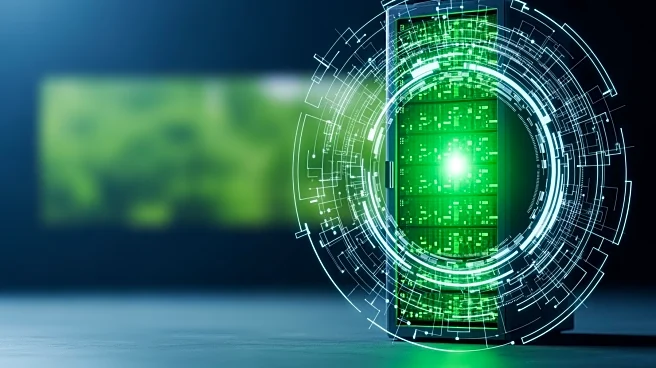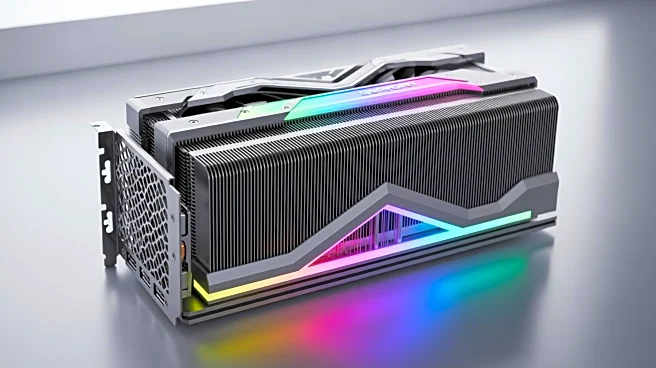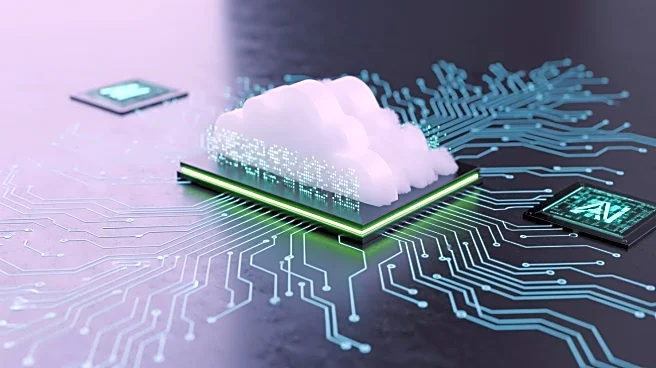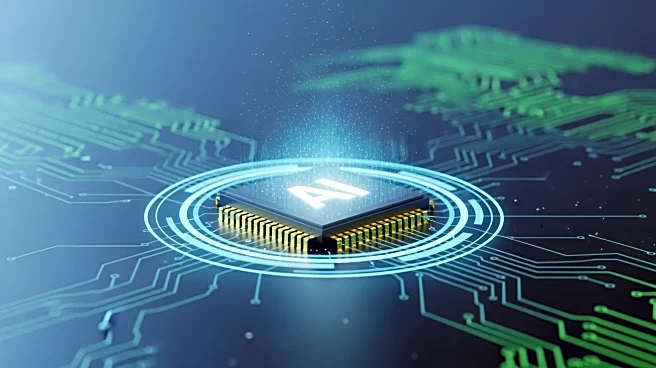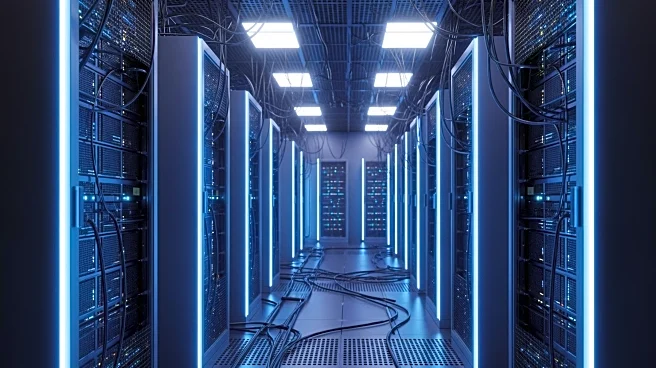What's Happening?
AMD recently released version 25.10.2 of its Adrenalin driver package for Radeon GPUs, which initially suggested that support for Radeon RX 5000-series and 6000-series GPUs would be moved to 'maintenance mode.' This announcement led to concerns that these
GPUs, including models launched as recently as 2022, would no longer receive updates for new games. However, AMD clarified that these older GPUs would still receive new features, bug fixes, and game optimizations based on market needs. The company confirmed that the driver release is not the end of support for RDNA 1 and RDNA 2 architectures, and that these GPUs will continue to receive game support, stability improvements, and security fixes. AMD explained that the separation of driver paths is intended to prevent issues for older GPUs when implementing new features for RDNA 3 and RDNA 4 architectures.
Why It's Important?
The clarification from AMD is significant for users of older Radeon GPUs, ensuring continued support and optimization for their devices. This decision impacts gamers and professionals who rely on these GPUs for performance in new game releases and applications. By maintaining support, AMD helps prevent potential disruptions in gaming and computing experiences for users of RX 5000 and RX 6000-series GPUs. The move also highlights AMD's strategy to balance innovation for newer architectures while maintaining stability for older models, which is crucial for customer satisfaction and retention in a competitive market. This approach may influence other companies in the tech industry to adopt similar strategies for supporting legacy hardware.
What's Next?
AMD's commitment to supporting older GPU architectures suggests ongoing updates and optimizations for these products. Users can expect continued improvements in game performance and security, ensuring their devices remain viable for current and future applications. AMD's strategy may prompt responses from competitors like Nvidia, potentially leading to similar commitments to legacy hardware support. The tech community will likely monitor AMD's implementation of this strategy, assessing its effectiveness in maintaining user satisfaction and market competitiveness. Future driver releases will be closely watched for further clarifications and enhancements.
Beyond the Headlines
The decision to continue supporting older GPUs reflects broader industry trends towards sustainability and customer loyalty. By extending the lifecycle of existing hardware, AMD contributes to reducing electronic waste and promoting responsible consumption. This approach aligns with growing consumer expectations for long-term product support and environmental responsibility. Additionally, the separation of driver paths for different architectures may set a precedent for other tech companies, influencing how they manage updates and support for legacy products.



